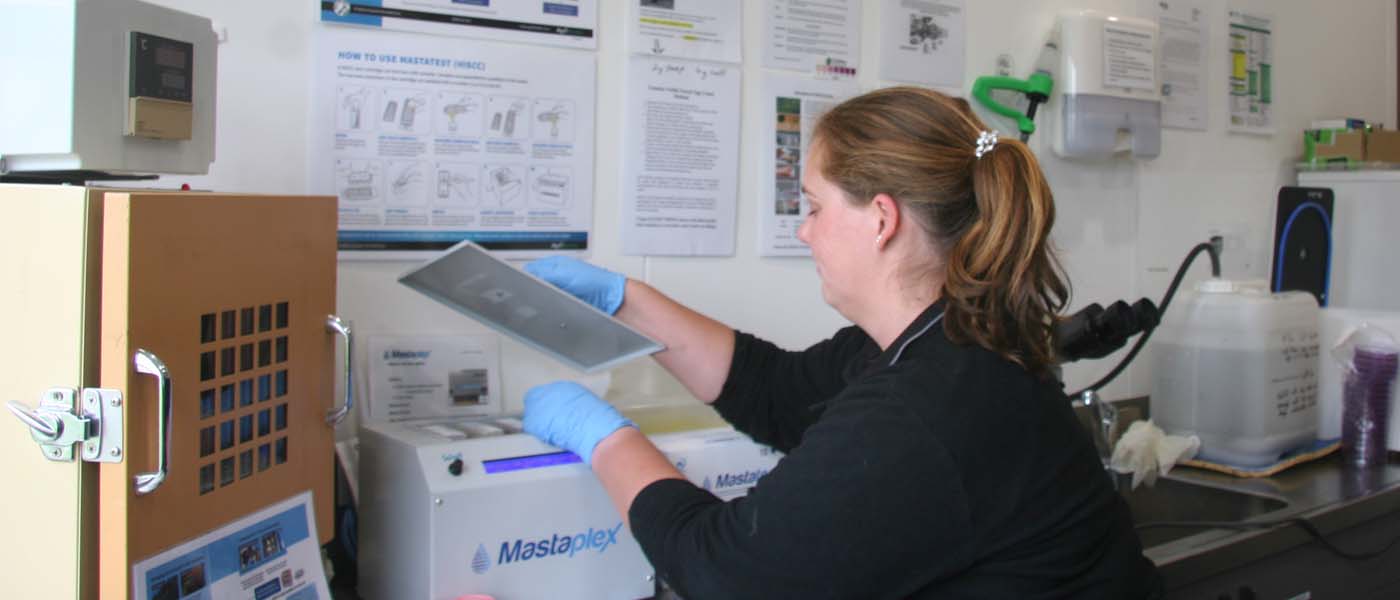
Antibiotics are medicines for treating bacterial infections in humans and animals alike. Antibiotics are designed to interfere with specific biological processes that are essential for bacterial life. However, it is possible for bacteria to evolve and develop resistance to antibiotics.
This can happen through random, natural mutations that give the bacteria a survival advantage, letting them withstand an antibiotic treatment. Because of antibiotic resistance, some diseases that were once well controlled by antibiotics now require alternative treatments.
Using antibiotics responsibly
Responsible use of antibiotics can stop the development of bacterial strains that are resistant to the antibiotics that are used as frontline treatments in humans. This is particularly important in veterinary practices because, if a strain of antibiotic resistant bacteria were to develop in domestic animals, the strain could be passed on to humans due to our close proximity with them. Based on the World Health Organisation guidelines, The New Zealand Veterinary Association has created a traffic light system to aid veterinarians’ efforts in restricting specific antibiotics.
Vetlife has reduced the prescription of red-light antibiotics over the past 7 years (Figures 1A & 1B). Red-light antibiotics may still be dispensed, but only after bacterial cultures and sensitivity results determine the need. Vetlife clients should feel proud that, together, we have taken this bold and crucial stance in the responsible use of antibiotics in animals to ensure their continued effectiveness in safeguarding both animal and human health. Early proactive stewardship from Vetlife veterinarians has also made easier the transition to shorter periods of forward supply, which came into effect on 1st January 2020.
Antimicrobial stewardship
The use of Mastatest® and other forms of milk culturing provides clients with more information on appropriate or selective treatment, which in turn helps to reduce unnecessary orange- and red-light antibiotic drug usage. Not only does this allow the farmers to be contributing to effective antimicrobial stewardship, but it also allows them to save money on unnecessary products that might be completely superfluous in their given situations.
Anti-inflammatory NSAIDs are improving animal welfare and reducing pain and inflammation. Their use reduces both the physiological and psychological effects of pain allowing an animal to return to normal function faster, therefore returning to production faster and an improved benefit to the bottom line. The sooner they feel better, the sooner they will start eating and healing. This was demonstrated in a 2016 study that involved 7,800 cows from six different countries around the world. This study found that treating with meloxicam (an anti-inflammatory) as well as antibiotic resulted in 16% more bacterial cures than when animals were treated with the antibiotic alone.
Consider NSAID pre-emptive treatment
Some modelling done with market research data in 2017 estimated that anti-inflammatory drugs are used sparingly in only 20% of situations on dairy farms where treatment would have had some benefit. As we use less antibiotic, we have the opportunity to enhance treatments with more pre-emptive use of NSAIDs.
Overall antibiotic usage is decreasing, and in particular the use of red-light antibiotics, showing that Vetlife in conjunction with their clients are meeting industry objectives to be more judicious and targeted in their treatments, with the end goal of preserving the effectiveness and longevity of critical antibiotics important to human medicine.
Written by Kelsey Burborough and Emma Scannell